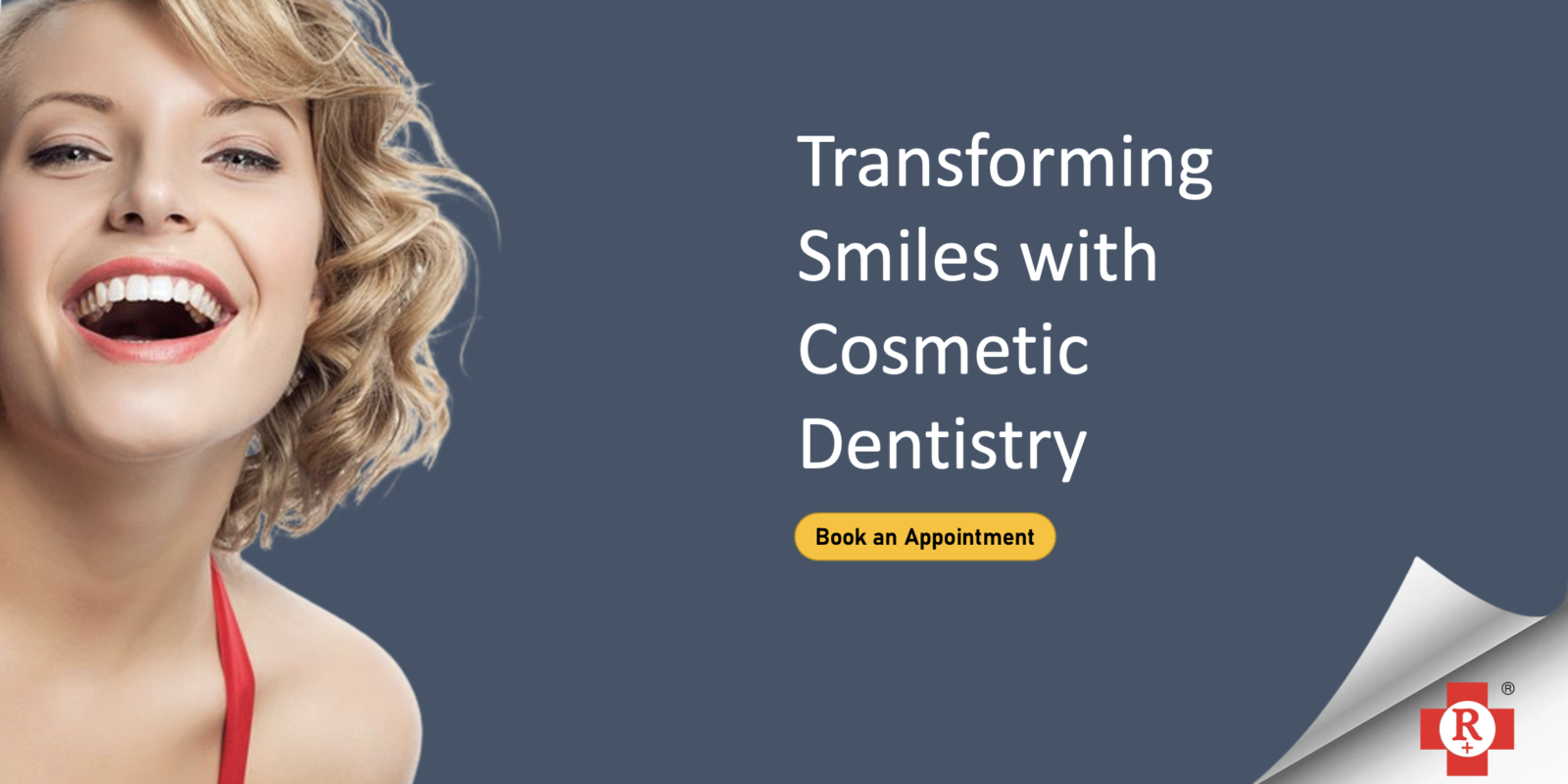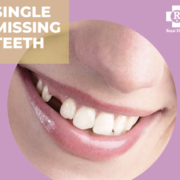Cosmetic Dentistry is the branch of dental practice that deals with correcting, improving and changing the appearance of teeth. An extensive range of services exists in this field, from dental bleaching to veneers and crowns. One lesser-known procedure is tooth jewellery, also known as tooth caps or tooth covers. This blog post will explain what tooth jewellery is, how it’s made, its benefits and potential risks, where you can get it done, and how much it costs.
Tooth gem costs can range from $31-$100+ USD for high-quality metals and crystals; this does not include the cost of going to a qualified clinic to have the jewels applied to your teeth.
What is Tooth Jewellery?
Tooth jewellery is a type of dental decoration that is fitted onto the tooth. Most commonly, these are fitted onto teeth on the upper arch, but they can also be fitted onto teeth on the lower arch. The most common type of tooth jewellery is a crown, which is used to cover a damaged tooth.
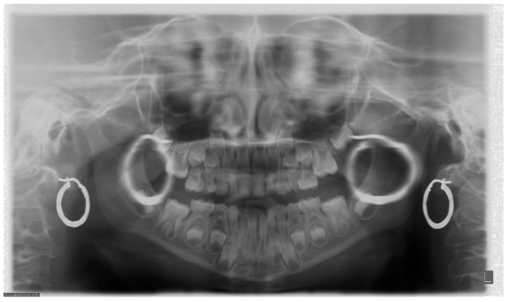
Crowns can be made from a variety of materials, including gold, silver, porcelain, and even diamonds! Other types of tooth jewellery include inlays and onlays, which are fitted onto the surface of a tooth, and spacers, which are fitted onto the root of a tooth. Tooth gems are tiny rhinestones or jewels that are pasted on teeth using a specific adhesive. Dental clinics may offer tooth gems near you. They usually have a lifespan of about 6 months, but can sometimes last longer.
How is Tooth Jewellery Made?
The first step of the process is a full diagnosis of your teeth and gums, to determine which teeth need jewellery. Your dentist will then take an impression of your teeth, which will be sent to a dental laboratory. The laboratory technicians will create custom-made jewellery for each of your teeth. Spacers are made by placing a plate of materials into the space between the tooth and the gum.
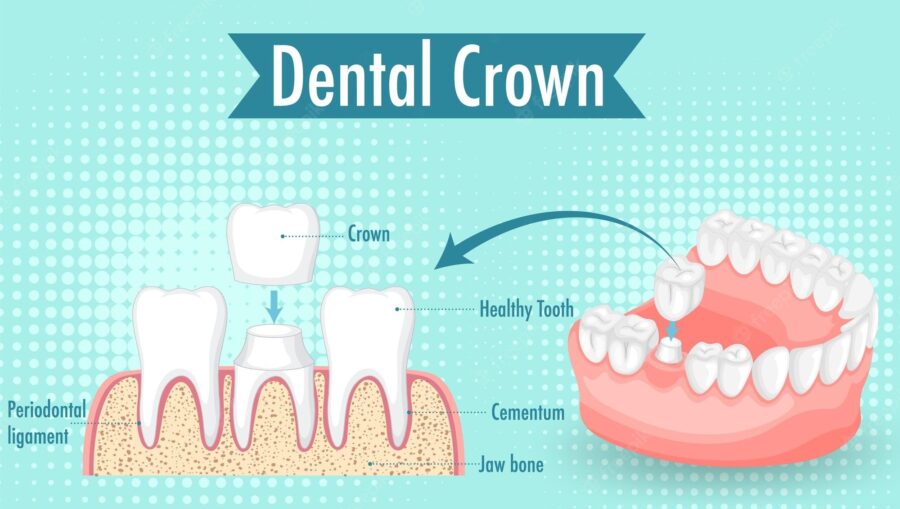
Crowns are made by taking a mould of the damaged tooth and then adding more material to the outside to create a sturdy structure. Inlays and onlays are made by placing a plate of materials onto the tooth itself.
Benefits of Tooth Jewellery
Tooth jewellery has many benefits. First, it helps to strengthen teeth that have been weakened or damaged by disease or infection. Crowns, for example, can be used to prevent further damage to decayed teeth or to support weak teeth that might otherwise have to be removed. Some of them, such as fillings and onlays, are used to cover spaces between teeth to make them appear more uniform.

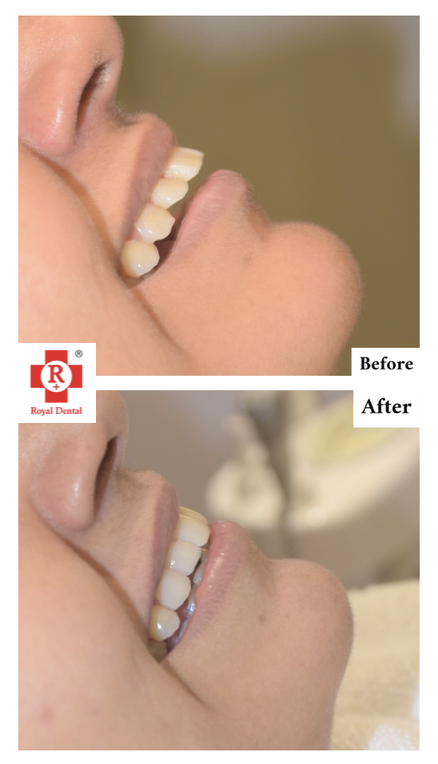
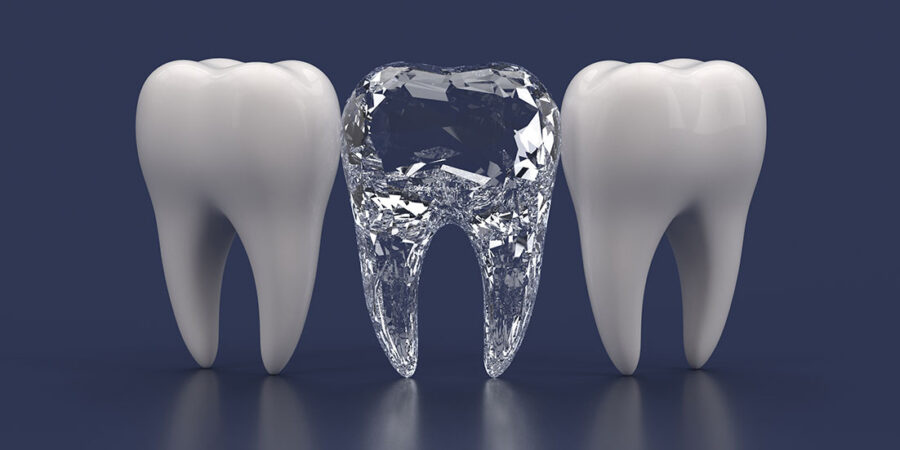
Other types of them, such as crowns, help to disguise dental stains, chips, or broken teeth. Finally, tooth jewellery offers protection against further tooth decay. If a damaged tooth becomes infected, the infection cannot spread to other teeth through the bloodstream.
Is dental jewellery permanent?
As mentioned, tooth jewelry is not considered to be a permanent cosmetic treatment, but it is instead only worn for temporary periods of time; most patients wear their tooth jewelry for six months to as long as two years. The use of tooth gems is not common in dental clinics. In fact, we don’t do tooth gems in our office, and here’s why. There are no studies proving their safety and effectiveness for long-term use. Many dentists agree that the use of these jewels can lead to problems with oral health.
Potential Risks of Tooth Jewellery
In most cases, tooth jewellery does not have any potential risks. However, some types of it can cause long-term problems. Inlays and onlays are fitted very close to the root of the tooth, and can cause irritation. If an inlay or onlay falls out, there is a chance of it getting trapped between the tooth and the gum, leading to an infection. Some types of them, such as fillings and spacers, can have problems if they aren’t fitted properly. If a filling comes loose, it can lead to a painful infection.
Where to get tooth jewellery?
It can be fitted by a general dentist or a specialist dental lab. Prices can vary significantly, depending on which materials are used, and how many teeth are fitted with jewellery. You may need to have a few teeth fitted with jewellery if you are a smoker, or if you have periodontal disease (gum disease). In these cases, you may be referred to a periodontist, who specialises in gum disease.
Final Words
Jewellery can be used to disguise dental stains, chips, and broken teeth, as well as to prevent further damage to weakened dentin. Braces, dental fillings, and root canal therapy can also be used to address these dental problems. It can be fitted or removed in a dental lab, and it is recommended that you have it removed once it has outlived its purpose. Cosmetic dentistry can be a great way to improve your smile, but it’s important to do your research and find a dentist you trust.
Ready to try something new? Schedule a visit or call +91 9820012621 to Royal Dental Clinics in Mumbai for a personal consultation. Our friendly team will help you choose the perfect dental jewellery that suits your style.

